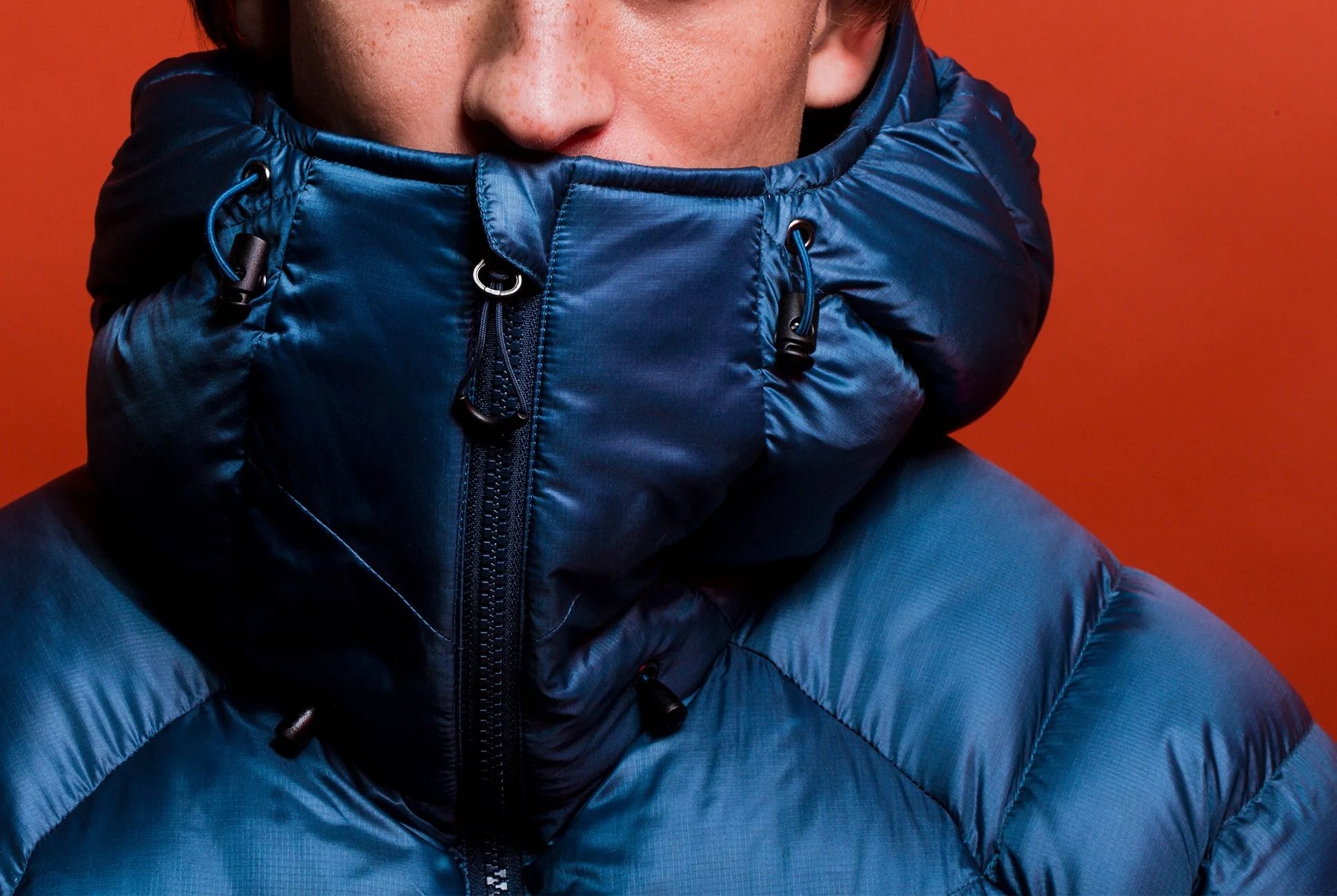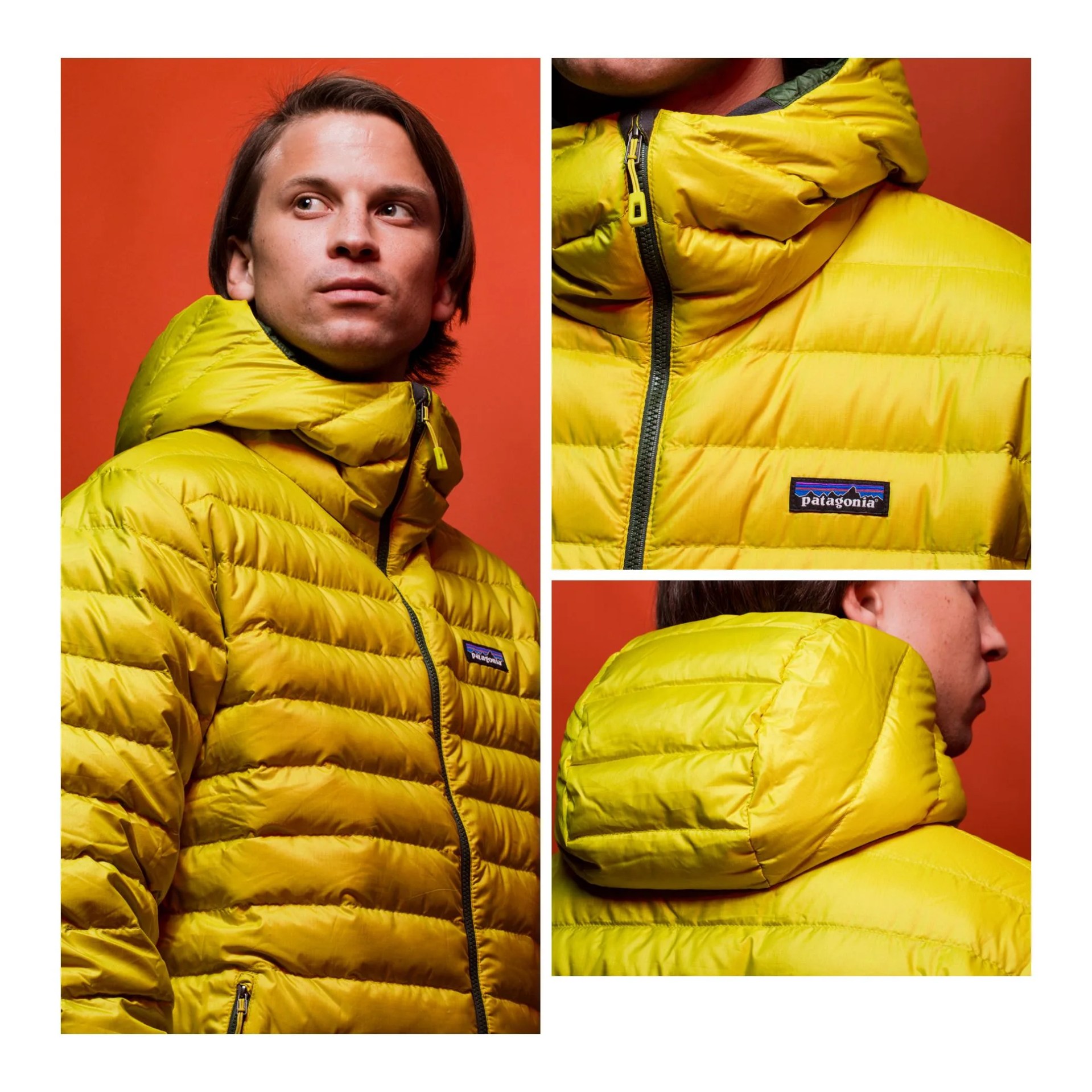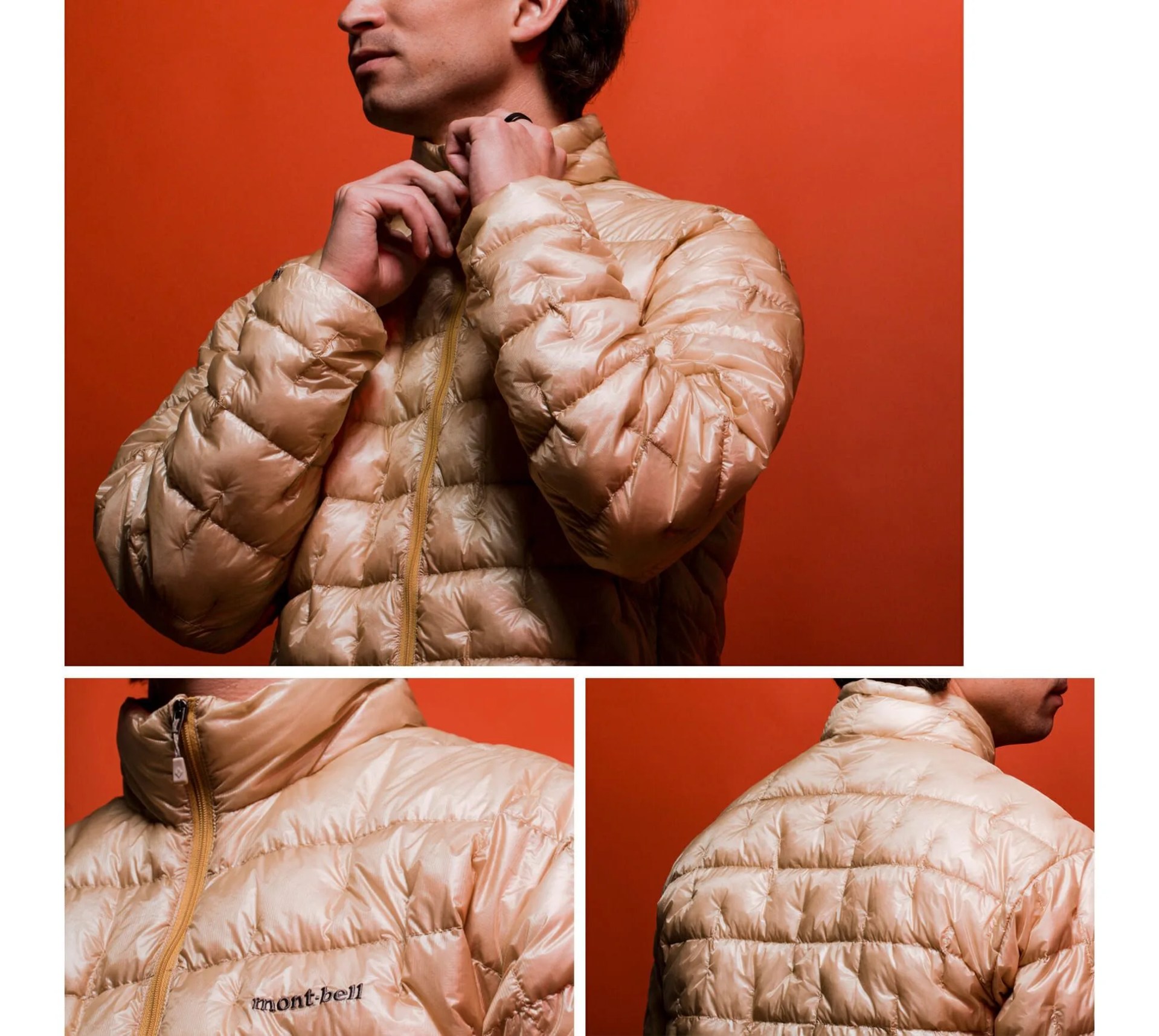A puffy jacket is a puffy jacket, right? It’s not quite that simple.
Puffy jackets certainly follow a familiar design archetype — baffling, cinching, tear-resistant outer fabric — but it’s what inside that truly differentiates one jacket from another.
The best insulating equipment — whether a jacket or a sleeping bag —must be warm, light and easily packable. Down and synthetic-filled products both offer these qualities but there are pros and cons to each camp.
Natural down is lighter and warmer
Down comes from the layers under protective exterior feathers of geese and ducks. It works for them while they float and fly around every winter, so of course, it keeps us warm as well.
But when natural down gets wet, it clumps and loses a lot of its heat-retaining ability. In nature, exterior feathers keep it dry. In your coat, it’s an outer shell of fabric.
The warmth of down is indicated by fill power: numerical ratings that usually range anywhere from about 450 to 900. This number comes from a standardized test in which an ounce of down is compressed in a graduated cylinder and then measured for volume in cubic inches. That volume is the fill rating.


